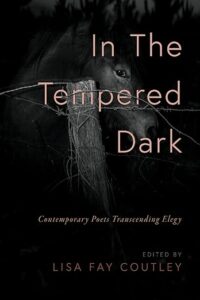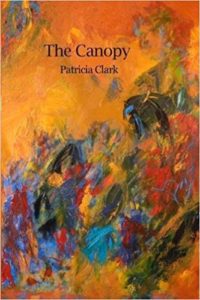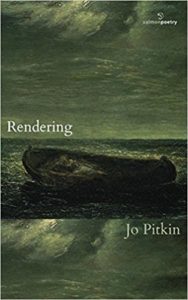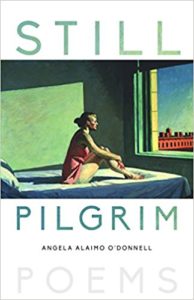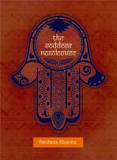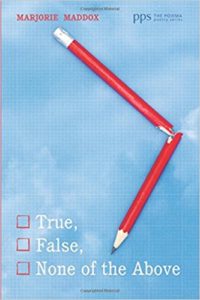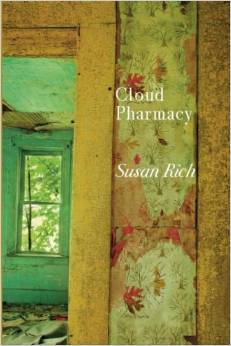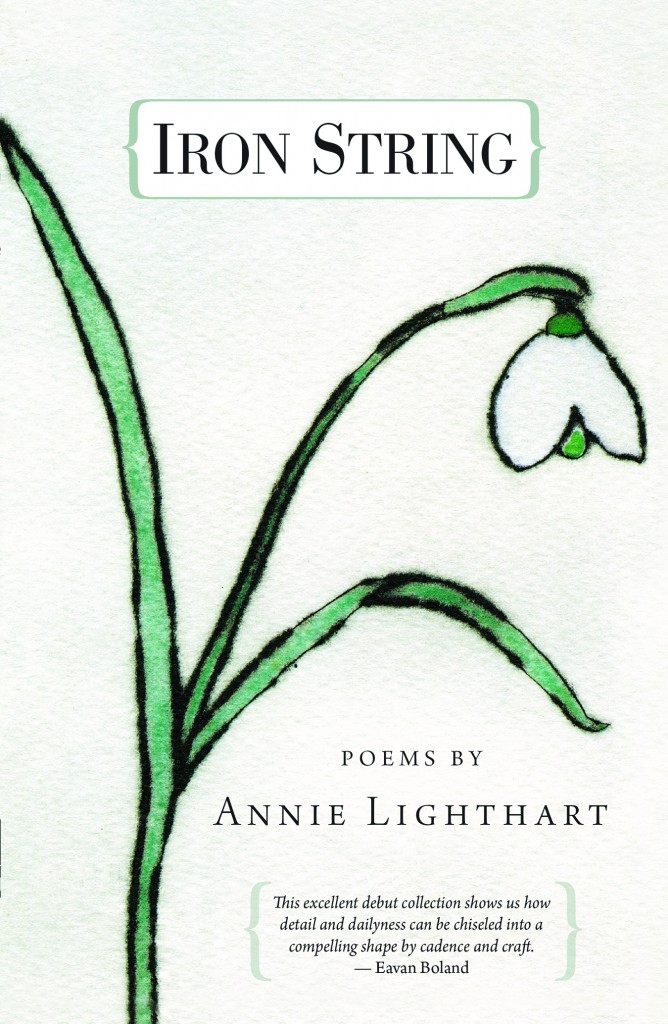 Luke Hankins. Testament. Texas Review Press, 2023. 21 pgs. $16.95.
Luke Hankins. Testament. Texas Review Press, 2023. 21 pgs. $16.95.
Testament, this small collection by Luke Hankins, his third, accomplishes what chapbooks can do so well—thematically the poems are closely enough linked to warrant publishing them together like this rather than as a portion of a larger collection, and each poem is strong, making the collection feel weightier than the Table of Contents’ list of fifteen (often short) poems might suggest. Several of the poems are clearly set in 21st century America, not so much because they refer to specific events as because they are infused with a constant awareness of violence, especially gun violence. Others, though, recall grace and tenderness so that as much as we might be tempted by despair, the poems urge us gently, gently, toward hope.
Here is the opening poem, “Category Error,” in its entirety:
Hummingbirds are fighting
over the flowers in the garden again,
because beauty doesn’t make anything
immune to cruelty.
Imagine a world in which each
beautiful creature could be trusted—
and isn’t each creature beautiful?
The sleek, streaked coat of the tiger.
The iridescent scales of the snake.
The shockingly blue eyes
of the shooter on the evening news.
The last line is so memorable in part because it’s so unexpected. Until this point, the poem has seemed to be about the cruelty of what we call nature, the categories we’ve created to position creatures as “predator” or “prey,” creatures red in tooth and claw as they struggle against others for survival. Yet if we reread the poem, we can see that each line prepares us for the last, so that after we finish reading, the last line has acquired that sense of inevitability that characterizes so many good poems.
As is true with so many of the poems in this collection, Hankins’ effective but subtle craft choices contribute to the poem’s thematic resonance. The first two lines are about as syntactically straightforward—subject, verb, prepositional phrases—as a sentence in English can get. While the words “Hummingbirds” and “flowers” might seem conventionally, even stereotypically, poetic, the syntax, typical of fact-based objective writing, challenges any expectation that this poem will proceed according to Romantic interpretations of nature. Although the next several lines become more abstract, the meaning avoids becoming vague, partly because the language retains some concrete reference, e.g. “beautiful creature,” even in the midst of abstraction. In stanza two, the speaker is asking a real question—readers might be initially tempted to respond “of course,” but then think, “well, wait a minute” before they return to the affirmative. Finally, in stanza three, we return to concrete and specific examples, the “tiger” and “snake” perfectly representative of creatures that both fascinate and threaten. At the description “shockingly blue eyes,” some readers’ imaginations might drift toward the human, though others likely envision white tigers or other domesticated animals. Even those who think “human” here, however, are unlikely to anticipate that final line.
The final stanza is particularly musical. Hankins incorporates nearly every sonic device aside from end rhyme. There’s an abundance of alliteration: “sleek, streaked…scales…snake” and “shockingly…shooter.” There’s lots of assonance: “sleek, streaked” and “scales…snake” and “blue…shooter…news.” “Sleek” and “streaked” also form an internal rhyme. This music is exceptionally attractive, even as the content becomes much less comfortable.
This poem is not written to comfort readers, nor to reassure us that all, in the words of Julian of Norwich, will be well. Indeed, all might not be well, and readers are left to answer for themselves the poem’s central question: how can a creature who is a murderer, perhaps a mass murderer, perhaps a mass murderer of children, nevertheless be “beautiful”? “Category Error” is an ideal poem to open this collection, for it represents Hankins’ style as well as the understated tone and probing content of many of the other poems.
The title poem, “Testament,” is more personal; that is, the first-person speaker seems to be speaking of his own experience. It begins with a bit of linguistic delight: “I haven’t lived terribly well– / but I probably haven’t lived terribly, either.” In this, he resembles most of us. He has suffered defeat and despair, described as a “night-gilded chariot,” a type of vehicle driven by another who might have absolutely no concern for him. Nevertheless, he has also “just as surely fallen at the hands / of beauty, plain delight—utter / / surrender.” He is a human being caught in the throes of the human condition. This poem is exceptionally controlled, and at thirteen short lines exactly as long as it needs to be. Its language is tight, and the stanzas, all either one or two lines, contribute to its clean appearance on the page. Despite its content, in other words, its exploration of extreme emotional states, the poem itself is meditative.
Many of the poems in Testament are equally meditative. They vary widely in form, however. Hankins seems equally comfortable writing a villanelle or prose poem as he is writing free verse—and even the free verse poems explore form differently from one another. It doesn’t seem fair to say I wish such a carefully constructed book were longer, so I won’t say that. Instead, I’ll say that we should all be looking forward to the poems Hankins will publish next.

